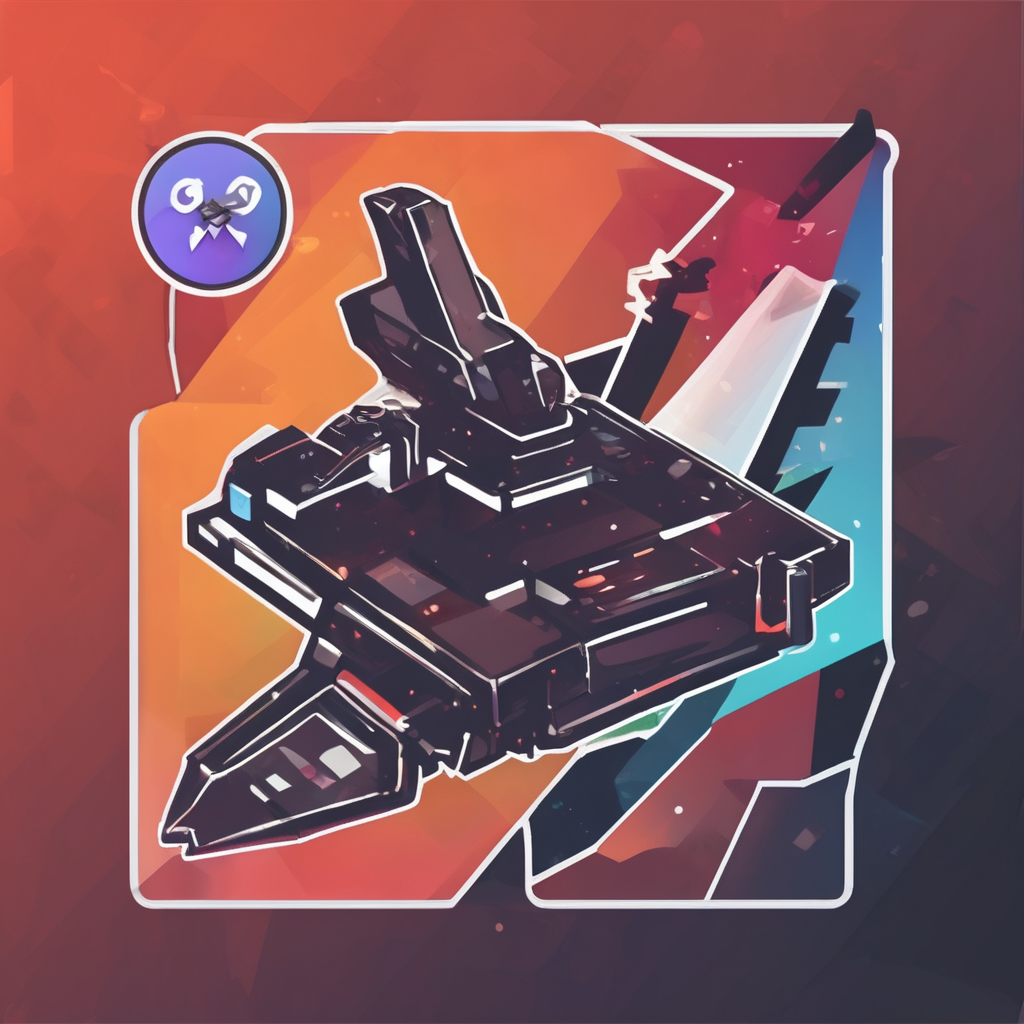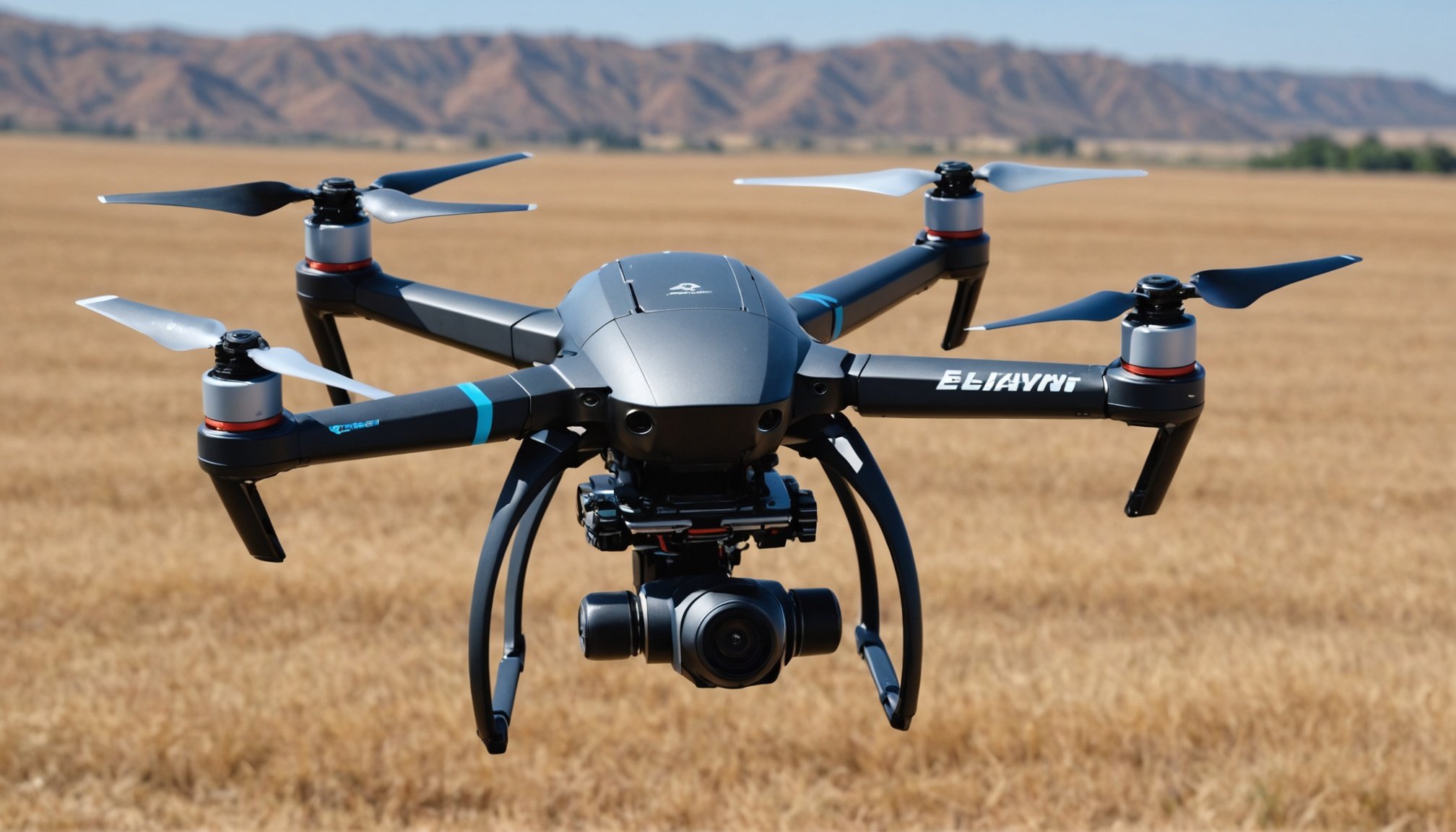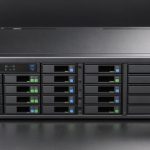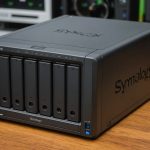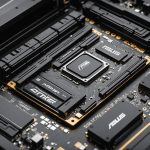Understanding the Importance of AI in Autonomous Drones
Current advancements in AI performance are revolutionising the capabilities of autonomous drones. In today’s evolving technological landscape, autonomous drones equipped with AI are taking centre stage. These drones utilise AI to improve navigation systems, obstacle detection, and energy efficiency.
AI performance optimises decision-making processes, enabling drones to evaluate environmental challenges and adapt swiftly. For instance, AI-driven algorithms can process sensory data in real-time, allowing drones to fly autonomously without human intervention, revolutionary for areas like search and rescue and aerial mapping.
Also read : Explore tailored notion templates for enhanced productivity
Moreover, AI performance contributes significantly to technology optimisation within drones. By integrating sophisticated machine learning models, drones can perform complex tasks with increased precision and reliability. This includes improved path planning and the ability to operate in diverse and challenging conditions.
Looking ahead, future trends in AI and drone integration are set to enhance functionalities further. We anticipate advancements in swarm intelligence, enabling multiple drones to coordinate seamlessly, and edge AI, allowing drones to process information locally for quicker responses. As these technologies evolve, the potential applications for autonomous drones will likely expand, marking a significant leap in technology optimisation.
Also to read : Enhancing ai performance: effective techniques for streamlining efficiency in iot networks
Proven Techniques for AI Optimization in Drones
Optimizing drones with AI requires a multi-faceted approach, integrating various AI optimization techniques to significantly enhance drone performance improvement.
Data Processing Strategies
Between the wealth of data collected by drones, choosing the right methods for data collection and processing is pivotal. Effectual data collection methods enhance drone performance by ensuring precise inputs into AI systems. For instance, strategically placing sensors for comprehensive data capture is crucial.
Real-time data processing techniques facilitate swift adaptations to dynamic environments, allowing for instant decision-making and increased drone efficiency. Ensuring the quality of data is paramount; data must not only be accurate but also consistent to train AI models effectively. AI algorithms depend heavily on this quality, which feeds directly into the optimization techniques applied.
Machine Learning Algorithms
In drone AI, various machine learning algorithms play a pivotal role in optimizing performance. Selecting suitable algorithms requires understanding their strengths and applicability to specific drone operations. The choice of machine learning model often rests on parameters like versatility, computational demand, and specific operational goals.
Case studies illustrate how correctly implemented algorithms have led to marked improvements in drone performance. From enhancing navigation to optimizing energy use, these algorithms are key components in the technological puzzle of drone optimization.
Case Studies of AI Performance Enhancement in Drones
Examining case studies that spotlight AI enhancement in drone technology application reveals impressive outcomes and invaluable insights. Noteworthy projects display AI’s capacity to drive innovation and efficiency within the field.
One such project involves AI-enabled drones enhancing agricultural analysis. These drones utilize machine learning algorithms to monitor crop health, assess irrigation efficiency, and predict yields. The result? Farmers experience increased productivity and reduced resource wastage, underscoring the role of AI in precision agriculture.
Similarly, AI integration in search and rescue operations showcases significant improvements in response times and area coverage. By implementing obstacle avoidance and route optimization algorithms, drones now deliver supplies and locate missing persons more effectively.
Uncovering these successful outcomes also highlights lessons learned. The importance of data quality, for instance, is emphasized repeatedly, as AI models perform best with accurate, comprehensive datasets. Another significant takeaway is the necessity for collaboration between AI specialists and domain experts to tailor solutions to specific challenges.
These case studies collectively promote best practices for maximizing AI’s potential, advocating for adaptable frameworks and continuous model training to adapt to evolving scenarios. Through these practical applications, it becomes clear that AI not only elevates drone technology but also paves the path for future advancements.
Practical Tips for Professionals and Enthusiasts
For those delving into drone optimization, understanding the right tools and resources is crucial. Cultivating a mix of software and hardware can greatly enhance the performance and intelligence of drones.
Tools and Resources for Optimization
Selecting the right software is the first step. The market is flooded with essential tools designed for AI development, including TensorFlow, PyTorch, and MATLAB. These platforms offer robust frameworks for building and customizing AI models tailored to specific drone applications.
On the hardware side, investing in high-performance drones with powerful microprocessors, like the NVIDIA Jetson series, can provide a significant boost. These hardware solutions enable real-time processing and decision-making, crucial for advanced aerial applications.
For continuous learning and networking, joining online communities such as DIY Drones or forums like RPAS Training is invaluable. Engaging with these groups aids in keeping up with advancements and discussing practical drone optimization tips. Additionally, resources like IEEE Xplore provide access to research papers and articles that offer expert advice on optimization strategies.
By combining these resources effectively, enthusiasts and professionals can achieve superior drone performance and expansive AI capabilities. This foundation enables more complex and rewarding applications, propelling both personal and professional projects forward.
